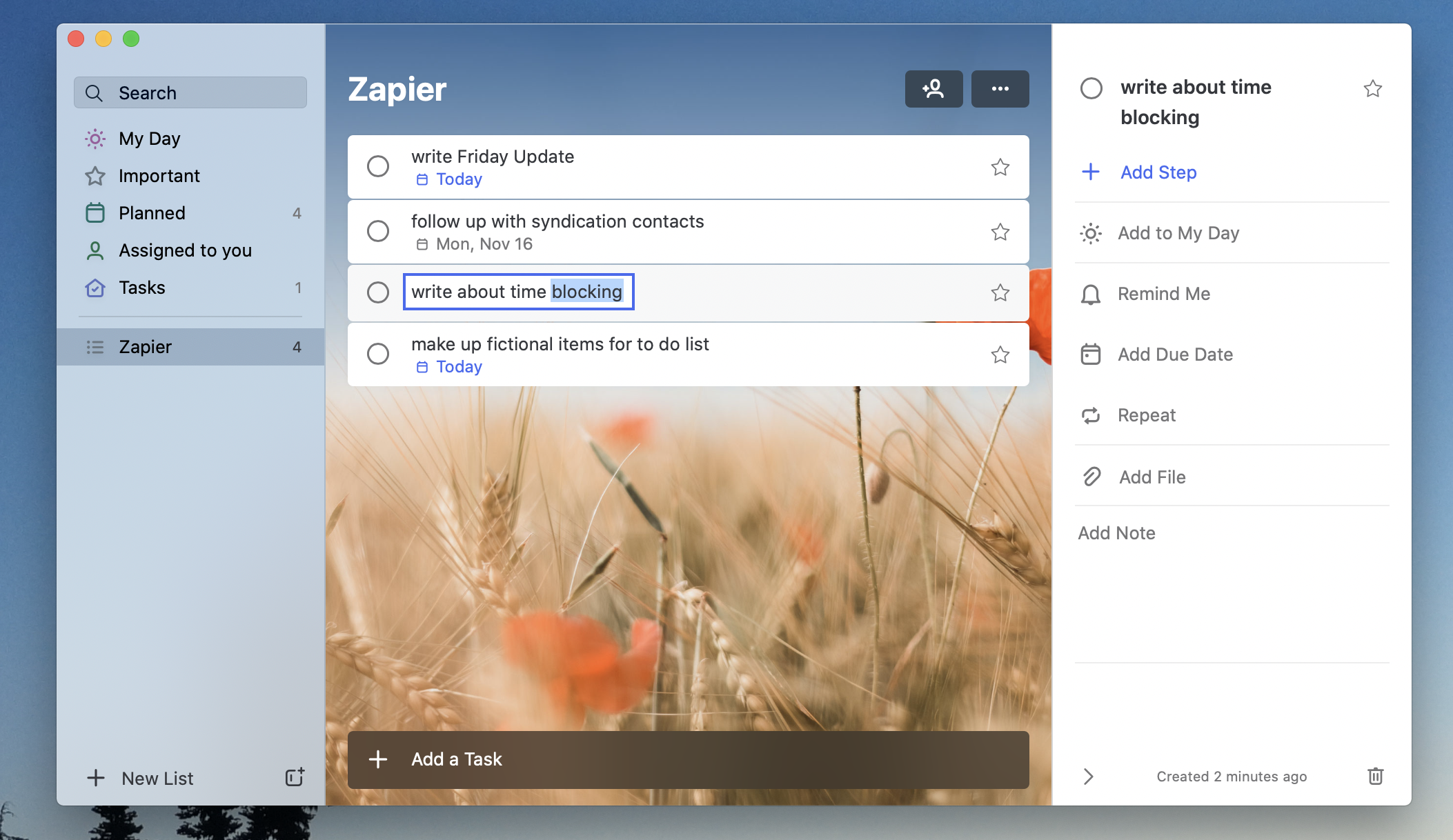The Author And The Deadline Mac OS
The translation feature is only available in macOS Big Sur or later for Mac, and iOS 14 / iPadOS 14 or later on iPhone and iPad. There was a typo by the original author which mentioned Safari 14 as the prerequisite rather than macOS 11, that has been fixed. Hope that helps, sorry about the confusion! Chances are, your Mac can run macOS Big Sur. The following models are supported: MacBook (2015 or later) MacBook Air (2013 or later) MacBook Pro (Late 2013 or later) Mac mini (2014 or later) iMac (2014 or later) iMac Pro (2017 or later) Mac Pro (2013 or later) To see which model you have, click the Apple icon in your menu bar and choose About.
iPad Pro
Supercharged by the Apple M1 chip.
iPhone 12
Purple. Now in season.
From $29.12/mo. for 24 mo. or $699 before trade‑in1


Buy directly from Apple with special carrier offers
iMac
Say hello.
Apple Watch Series 6
The future of health is on your wrist.
AirTag
Lose your knack for losing things.
Fill Mom’s day with color.
Get 2-hour delivery on select Mother’s Day gifts for $9.2 Or pick up at the Apple Store.
Apple Arcade
Wonderbox: The Adventure Maker. Play now.
Apple TV 4k
A higher definition of TV.
Apple TV Plus
The Mosquito Coast
Today is the 20th anniversary of the launch of Mac OS X, and Macworld has an interesting piece on the history leading up to it. Jason Snell goes so far as to say that the new operating system for Macs was “an act of desperation” by Apple.
The reason, he explains, is that while Apple had set a new direction for personal computers with the launch of the Macintosh in 1984, it had lost its way by the late 1990s …
In 1984, a graphical user interface on a personal computer was revolutionary; by the late 1990s, not so much.
As revolutionary as the original Mac was, it was also an early-1980s project that didn’t offer all sorts of features that would become commonplace by the late 1990s.
That operating system had been originally designed to fit in a small memory footprint and run one app at a time. Its multitasking system was problematic; clicking on an item in the menu bar and holding down the mouse button would effectively stop the entire computer from working. Its memory management system was primitive. Apple needed to make something new, a faster and more stable system that could keep up with Microsoft, which was coming at Apple with the user-interface improvements of Windows 95 and the modern-OS underpinnings of Windows NT.
By 1996, says Snell, Apple had given up.
In a spectacularly humbling moment for Apple, the company began searching for a company from which it could buy or license an operating system or, at the least, use as the foundation of a new version of Mac OS. The company’s management, led by CEO Gil Amelio and CTO Ellen Hancock, clearly had come to the conclusion that Apple itself was incapable of building the next-generation Mac OS.
We all know what happened… next.
Dec. 20, 1996–Apple Computer, Inc. today announced its intention to purchase NeXT Software Inc., in a friendly acquisition for $400 million. Pending regulatory approvals, all NeXT products, services, and technology research will become part of Apple Computer, Inc. As part of the agreement, Steve Jobs, Chairman and CEO of NeXT Software, will return to Apple–the company he co-founded in 1976–reporting to Dr. Gilbert F. Amelio, Apple’s Chairman and CEO.
The Author And The Deadline Mac Os Catalina
The acquisition will bring together Apple’s and NeXT’s innovative and complementary technology portfolios and significantly strengthens Apple’s position as a company advancing industry standards. Apple’s leadership in ease-of-use and multimedia solutions will be married to NeXT’s strengths in development software and operating environments for both the enterprise and Internet markets. NeXT’s object oriented software development products will contribute to Apple’s goal of creating a differentiated and profitable software business, with a wide range of products for enterprise, business, education, and home markets.
Snell gives a good outline of the software challenges that followed, and says that’s what makes the anniversary such an important one.
When we celebrate the 20th anniversary of Mac OS X, it’s important to realize what we’re celebrating. We’re celebrating a software release that was the culmination of Steve Jobs’s return to Apple. We’re celebrating the operating system we still use, two decades later. But we’re also celebrating the foundation of iOS, iPadOS, tvOS, and watchOS.
In that way, this isn’t just the 20th anniversary of Mac OS X 10.0. It’s the 20th anniversary of modern Apple, and the end of the dark days when Apple couldn’t fix its own operating system.
The Author And The Deadline Mac Os 7
The full piece is a good read.
FTC: We use income earning auto affiliate links.More.